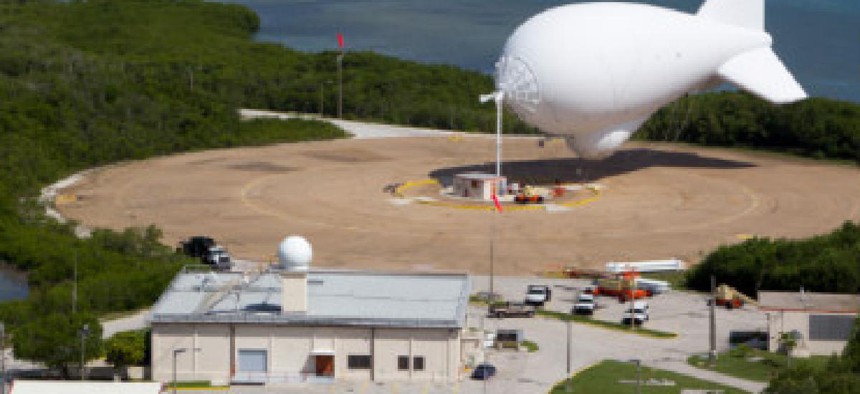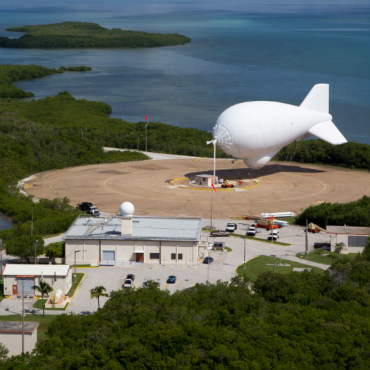HP splits, CBP floats and FISMA scores

News and notes from around the federal IT community.

Customs and Border Protection has redeployed tethered airships for border surveillance after completing major upgrades to the system last year.
HP splits off PC, printer business
Hewlett-Packard Co. is breaking its PC, printer and personal systems business into a separate company, Washington Technology reported, in a move that is reminiscent of IBM's decision to split a decade ago.
The new business will be called HP Inc., while the rest of HP will be renamed Hewlett-Packard Enterprise. The split is expected to completed in 12 months.
CBP blimps monitor the border
Eight stationary blimps that can see far into the distance with radar are now tens of thousands of feet above the southern U.S./Mexico border, south Florida and Puerto Rico where they are watching for illegal activity.
Customs and Border Protection said Oct. 3 that its Office of Air and Marine had put the surveillance systems into full operational mode for the first time in three years after completing upgrades in late September.
The agency's Tethered Aerostat Radar System (TARS) uses helium-filled airships that can be deployed as high as 12,000 feet. Long-range radar eliminates line-of-sight issues that can block lower-level surveillance technologies and allows the airships to see over the horizon. The ships are tethered to a winch system on the ground and lowered when not in use.
CBP's Air and Marine Operations Center uses TARS to monitor the border and enforce regulations concerning low-flying aircraft and small vessels approaching the border. TARS was first deployed in 1978. According to CBP, the Air Force expanded the program in the 1980s to provide monitoring capabilities to several agencies. CBP assumed responsibility for operating and maintaining the systems in 2013.
Hoping higher FISMA scores mean more than compliance
After slipping in fiscal 2012, compliance scores for IT security requirements rebounded in fiscal 2013, and a new emphasis on continuous monitoring and authorization of IT could mean that things will get a little better when the results are in for the fiscal year that just ended, GCN's William Jackson reported.
The state of government cybersecurity is judged according to guidelines in the Federal Information Security Management Act, and the score card is the Office of Management and Budget's annual report to Congress on agencies' FISMA compliance.
The report for fiscal 2012 shows that FISMA compliance slipped from 75 percent in fiscal 2011 to 73 percent. In the report for fiscal 2013, however, compliance jumped to 81 percent.
NEXT STORY: DARPA does math


